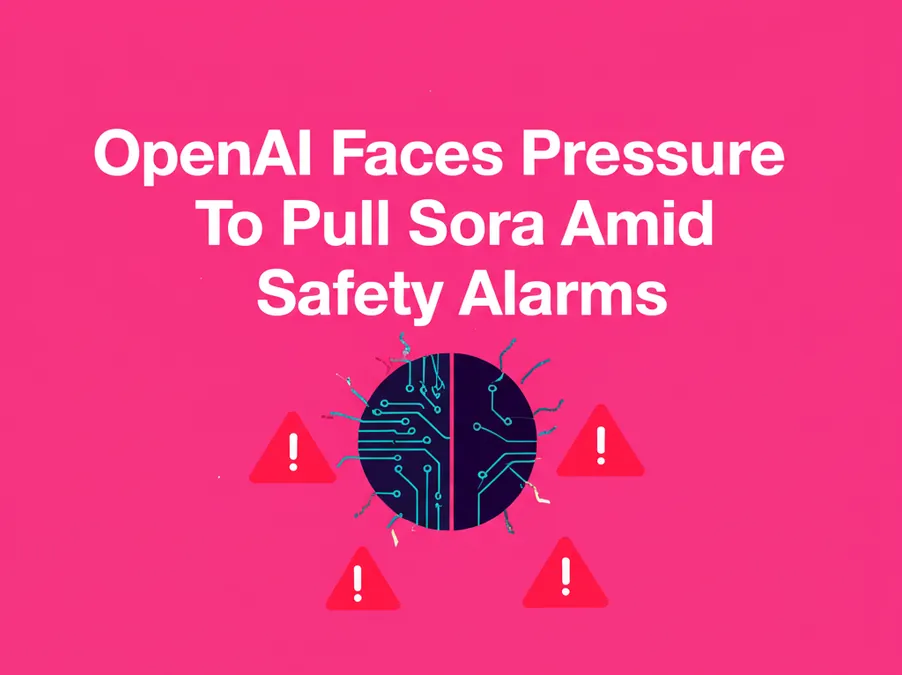Developer Offer
Try ImaginePro API with 50 Free Credits
Build and ship AI-powered visuals with Midjourney, Flux, and more — free credits refresh every month.
How To Identify AI Generated Deepfake Content
The Growing Threat of AI Deepfakes
It is becoming increasingly simple to create convincing AI-generated videos and photos, making it a real challenge to distinguish fact from fiction. The issue was recently highlighted by billionaire investor Warren Buffett, who described deepfakes as a “spreading virus.” His warning came after videos surfaced online that appeared to use his image and voice to promote scams.
In a press release, his company clarified, “It’s not me,” cautioning that viewers could “be misled by the content of those videos.” This high-profile case underscores the growing need for public awareness and skepticism.
What Exactly Is a Deepfake
A "deepfake" is a piece of synthetic media where a person in an existing image or video is replaced with someone else's likeness. It can be a computer-generated image, voice, or video that depicts a person who doesn't exist or, more commonly, alters the actions and words of a real person to create a fraudulent narrative.
Expert Tips to Identify AI-Generated Content
While deepfakes and other AI-altered content are notoriously difficult to identify, cybersecurity expert Kerry Tomlinson provides clear guidance on how to spot them. Here are her top tips.
Listen for Unnatural Audio
The first step is to listen carefully, as the audio can often reveal the deception. "You want to listen for things that don't quite sound human," Tomlinson said. A major giveaway is the lack of natural breathing. "With deepfakes, if you listen, sometimes they will take no breaths when they're talking. So you may actually feel a sense of breathlessness when you listen."
Inspect for Visual Flaws
Taking a close look at the visuals is just as important. AI models can struggle with fine details and consistent physiology. Tomlinson notes you should look for small imperfections. "For example, the earrings may not be fully formed or the teeth may not be fully formed," she said. "As far as deepfake video goes, often the physiology isn't quite working yet. The pieces and parts of the face aren't quite together."
 These are screenshots from an AI-generated video. Can you spot any signs that this content isn’t real?
These are screenshots from an AI-generated video. Can you spot any signs that this content isn’t real?
Question the Message
Tomlinson emphasizes the importance of verifying the authenticity of the message itself, especially if it is trying to persuade you to take an action, like sending money or sharing personal information.
"Go and verify the message. Is this message real? We need to go back to that basic message. What do they want from me? Could it hurt me? Can I verify it? And if you can't verify it, don't do it," Tomlinson advised.
Look for Watermarks
Another clear indicator of AI-generated content is the presence of a watermark. Some AI tools, like Sora from OpenAI, add a distinct logo to their creations. If you see a watermark on a video, it is a definitive confirmation that the content was created using AI.
 The logo for Sora, the AI video creation tool from OpenAI. If you see this logo on a video, you can be sure it was made using AI.
The logo for Sora, the AI video creation tool from OpenAI. If you see this logo on a video, you can be sure it was made using AI.
Compare Plans & Pricing
Find the plan that matches your workload and unlock full access to ImaginePro.
| Plan | Price | Highlights |
|---|---|---|
| Standard | $8 / month |
|
| Premium | $20 / month |
|
Need custom terms? Talk to us to tailor credits, rate limits, or deployment options.
View All Pricing Details

